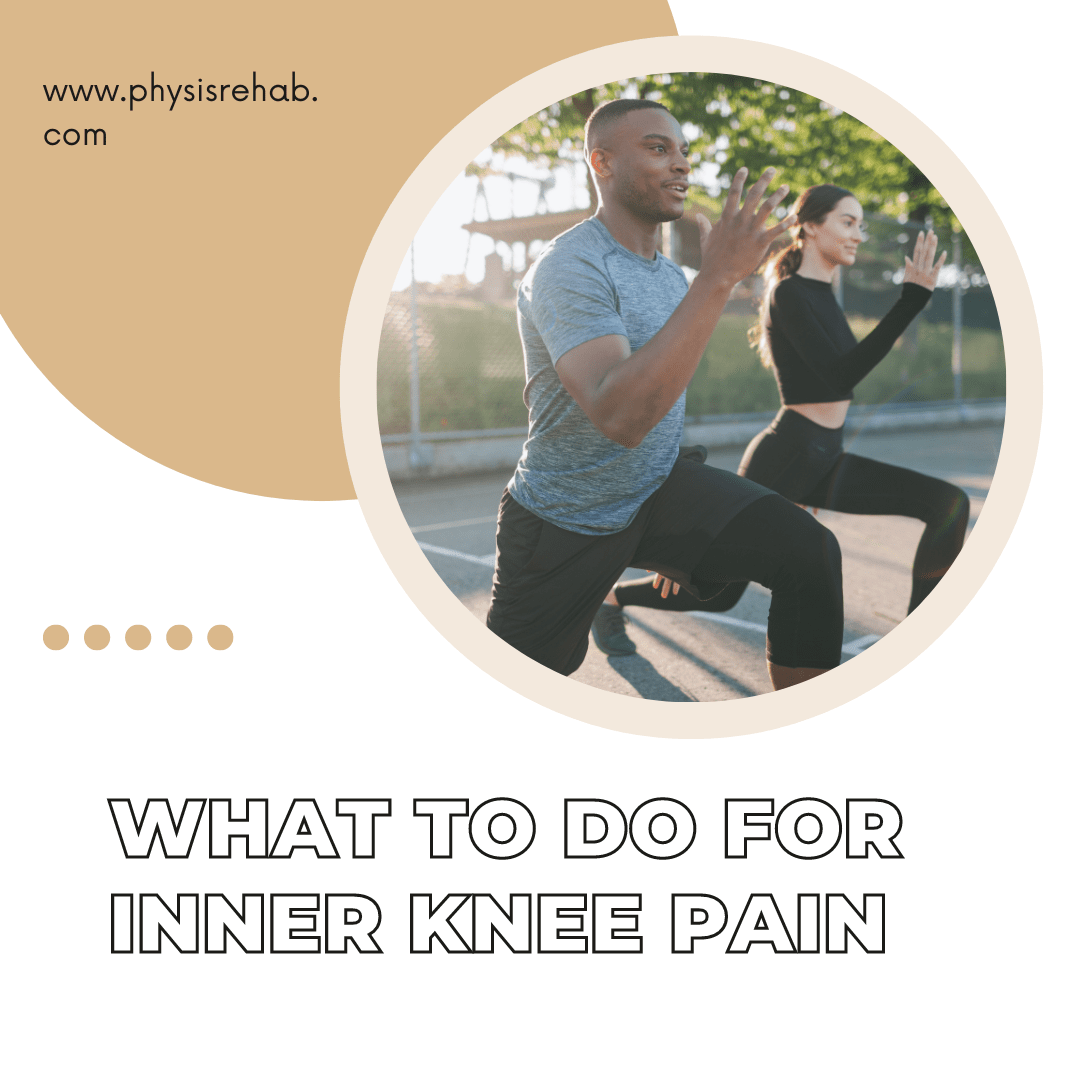What to do about Inner Knee Pain
Inner knee pain is a common complaint among people of all ages and activity levels. Whether you are a seasoned athlete or someone who enjoys a leisurely stroll, inner knee pain can make it difficult to perform daily activities. In this blog post, we will explore some of the causes of inner knee pain and discuss what you can do to manage your symptoms with the help of a physical therapist.
What Causes Inner Knee Pain?
The inner knee, also known as the medial knee, is the area of the knee that is closest to the other knee. Pain in this area can be caused by a variety of factors, including:
- Overuse: Overuse injuries are common among athletes and those who engage in repetitive activities. Running, jumping, and other high-impact activities can put a lot of stress on the knee joint, leading to pain and inflammation.
- Knee Arthritis: Arthritis is a common cause of knee pain, especially among older adults. Osteoarthritis, in particular, can cause pain in the inner knee as the cartilage that cushions the joint wears down over time.
- Meniscus Tear: The meniscus is a piece of cartilage in the knee that helps to absorb shock and stabilize the joint. A tear in the meniscus can cause pain and inflammation in the inner knee.
- Ligament Injuries: The knee joint is held together by several ligaments, including the medial collateral ligament (MCL). Injuries to these ligaments can cause pain and instability in the knee.
- Mechanical: Improper foot and hip mechanics and impact the load distribution at the knee joint resulting in pain at the inner knee.
What Can You Do to Manage Inner Knee Pain?
If you are experiencing inner knee pain, a physical therapist can help to diagnose the cause of your pain and develop a treatment plan that is tailored to your individual needs. Here are some of the treatment strategies:
- Strengthening Exercises: Strengthening exercises can help to improve the stability of the knee joint and reduce pain. Exercises that target the quadriceps, hamstrings, and glutes is particularly helpful to correct mechanical load at the knee and reduce pain.
- Stretching: Tight muscles can contribute to knee pain. A stretching program that targets the muscles like hamstring, quadriceps, piriformis, ITB, adductors improve flexibility, alignment of the knee in relation to the hip and the ankles and reduce pain.
- Manual Therapy: Manual therapy techniques, such as massage and joint mobilization, can help to reduce pain and improve joint mobility.
- Balance/Retraining: Single leg strengthening and balance training on variety of surfaces to restore muscle strength.
- Activity Modification: A physical therapist may recommend modifications to your activities to reduce the stress on your knee joint. For example, switching to low-impact activities or using a brace can help to reduce pain and improve function.
Conclusion
Inner knee pain can be a frustrating issue to deal with, but there are many strategies that a physical therapist can use to help you manage your symptoms. By working with a physical therapist, you can develop a treatment plan that is tailored to your individual needs and get back to doing the things you love. If you are experiencing inner knee pain, call us 212-706-7480, reach out to us on info@physisrehab.com to see how we can help you.

